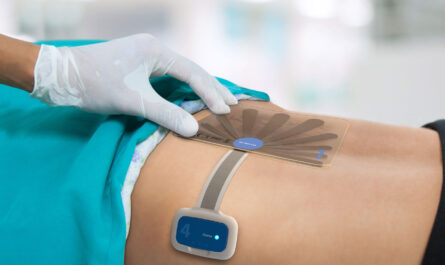X-ray machines have become an integral part of modern healthcare. Since their discovery over a century ago, these machines have revolutionized diagnostics and helped save countless lives. In this article, we take an in-depth look at the manufacturing of X-ray machines – a complex multimillion dollar industry.
Components and Assembly
At its core, an X-ray machine consists of an X-ray tube, a housing that contains the tube assembly, a high voltage generator, and an imaging detector. Manufacturing such advanced medical devices requires precise assembly of various electronic and mechanical components.
The X-ray tube is one of the most crucial and delicate parts to produce. It contains a cathode that emits electrons and an anode that is bombarded by the electrons to produce X-rays. Developing high quality tubes that can withstand years of clinical use is a major challenge. Other key components like collimators, filters, grids, and fluorescent screens are also manufactured to stringent quality standards.
After rigorous testing, individual parts are brought together on the assembly line. Trained technicians carefully fit pieces together through a sequence of hold points to ensure flawless integration. Final assembly involves thorough mechanical, electrical, and software validation testing before machines are certified for clinical use. Automation and robotics now play a bigger role in assembly to improve precision and throughput.
Quality Assurance and Regulatory Compliance
With patient safety being paramount, quality assurance is given utmost importance during manufacturing. Continuous monitoring and documentation at each stage helps maintain stringent quality control. Compliance with radiological, electrical and mechanical safety standards laid out by regulatory bodies like FDA and EU MDR is mandatory.
Periodic audits and facility certifications like ISO 13485 ensure consistent adherence to prescribed quality processes. Special attention is paid to prevent defects, reduce errors and establish traceability. Comprehensive installation, operation and performance qualification protocols validate machine functionality before shipping. Robust after-sales support is also provided to fix issues if they arise in clinical use.
Design and Innovation
While adhering to quality is non-negotiable, manufacturers also focus on continuing design innovation. Research and engineering teams work on new technologies to improve X-ray generation, dose efficiency, image quality and workflow. Many have integrated advanced digital detectors, high performance generators, premium ergonomics and smart connectivity features.
Design innovations are bringing new generations of fixed and mobile C-arms, bedside X-ray systems, retrofit solutions as well as general and specialty radiography rooms. Computed radiography and digital radiography are rapidly replacing legacy analogue systems. Technologies like fluoroscopy, digital tomosynthesis and 3D imaging are pushing diagnostic frontiers.
Outsourcing and Global Supply Chain Management
X-Ray Machine Manufacturing has become a truly global industry with companies outsourcing various activities. While many larger companies still conduct in-house final assembly, they source components and sub-assemblies from a broad network of international suppliers. This helps benefit from low cost manufacturing and scalability.
Effectively managing a complex global supply chain has become crucial for on-time delivery despite uncertainties. Leading manufacturers leverage advanced ERP systems, cloud infrastructure and vendor oversight programs to streamline inter-factory logistics and maintain parts inventories. Outsourced production is continuously audited to enforce quality and process standards.
Market Dynamics and Future Outlook
The global X-ray machine manufacturing market presently stands at over $10 billion annually and is expected to grow 6-8% each year given increasing demand from hospitals, private clinics, academic medical centers and emerging countries. Rapid consolidation has also been witnessed as major players acquire complementary technology companies.
Advancements in digital imaging, continued expansion into low and middle-income countries with insufficient healthcare infrastructure, new applications in fields like mammography and dentistry will fuel long term market opportunities. Portable and mobile systems capable of transmitting images wirelessly are especially gaining adoption in rural settings. With healthcare needs growing exponentially worldwide, X-ray machine manufacturing is poised for sustained progress and innovation.
In conclusion, precise assembly, stringent quality, regulatory compliance, design innovation, global supply chain management and evolving market forces make X-ray machine manufacturing a highly complex multimillion dollar industry. It delivers vital medical devices that improve diagnostic capabilities worldwide. Continued R&D will further expand clinical applications and drive greater access in underserved regions over the coming years.
*Note:
1. Source: Coherent Market Insights, Public sources, Desk research
2. We have leveraged AI tools to mine information and compile it




